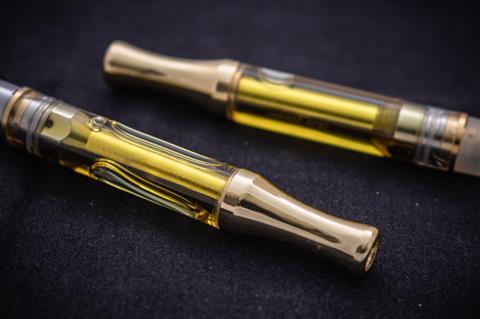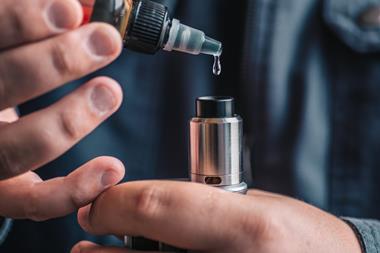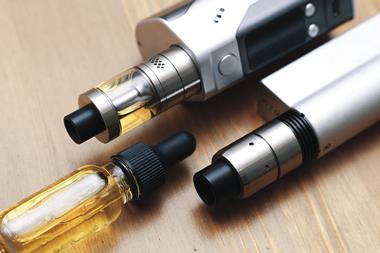Metal nanoparticles have been found in cannabis vaping liquids before they’ve even been heated. This runs counter to previous research that has suggested the metals released by cannabis electronic cigarettes come from particles emitted when their coils are heated. This discovery of metal contamination in cannabis vaping liquids that were less than six months old and never used suggests that it might have resulted from the production process.

The new research, which was a collaboration between Health Canada and the National Research Council of Canada’s Metrology Research Centre, was presented at the spring meeting of the American Chemical Society by Andrew Waye, who manages the research programme of Health Canada Office of Cannabis Science and Surveillance.
Vapes, also known as e-cigarettes, avoid the combustion reaction that occurs with cigarette smoking, which produces harmful byproducts. Instead, they heat a liquid until it vaporises and can be inhaled, so are generally considered a safer way to consume cannabis or nicotine.
The scientific literature on nicotine vapes indicates the metal components and coils that heat the vape liquid may release potentially harmful metals like nickel, chromium and lead. To determine whether the same is true for cannabis vapes, Waye’s team worked with the Metrology Research Centre’s Zuzana Gajdosechova to collect and analyse 41 samples of cannabis vaping liquids, about half of which were legal and regulated and the rest came from the Ontario police. Canada legalised cannabis in 2018, and while cannabis vapes are now regulated in the country such products do also exist on the black market.
The researchers used mass spectrometry to search for 12 metals in these samples. They detected certain metals at very high concentrations, with some of the unregulated samples containing 100 times more lead than the legal samples, far exceeding the generally accepted tolerance limits. They also discovered that many of the particles were nano-sized.
The highest lead concentration the team measured in the legal samples was 0.6ppm, and in the illegal samples it was just under 50ppm. Canadian guidelines restrict lead to 0.5 ppm in inhaled drug products.
The team also found that concentrations of cobalt, chromium, copper, nickel and vanadium in several legal and illegal products exceeded commonly applied tolerance limits – in some instances more than 100-fold.
Other contaminants such as arsenic, mercury and cadmium were within the generally accepted tolerance limits.
Hugo Destaillats, an environmental chemist at Lawrence Berkeley National Laboratory who was not involved in the study, suggests that this information can help scientists better understand which metals come from the cannabis plant, which are introduced in the industrial process, which come from the vaping device itself before its use and which are produced upon heating of the liquid during use.
Hanno Erythropel, an analytical chemist at Yale University’s Center for Green Chemistry and Green Engineering, says further research is needed to better elucidate the concentration of these metals in the liquids compared to a user’s exposure. ‘Generally, the smaller the particles, the deeper they can get into the lungs upon inhalation – if the particles are indeed nano-sized, that adds a whole other dimension as nanoparticles are known to often exhibit differential properties than larger particles of the same material,’ he says.
Despite the remaining questions, the new research findings indicate the need for greater oversight of e-cigarettes. ‘Previously uncharacterised risks with cannabis vaping are still being identified,’ Waye said. ‘So, while there isn’t necessarily one way to “safely” consume these products, this research demonstrates that regulation can help create safer cannabis products overall.’

















1 Reader's comment